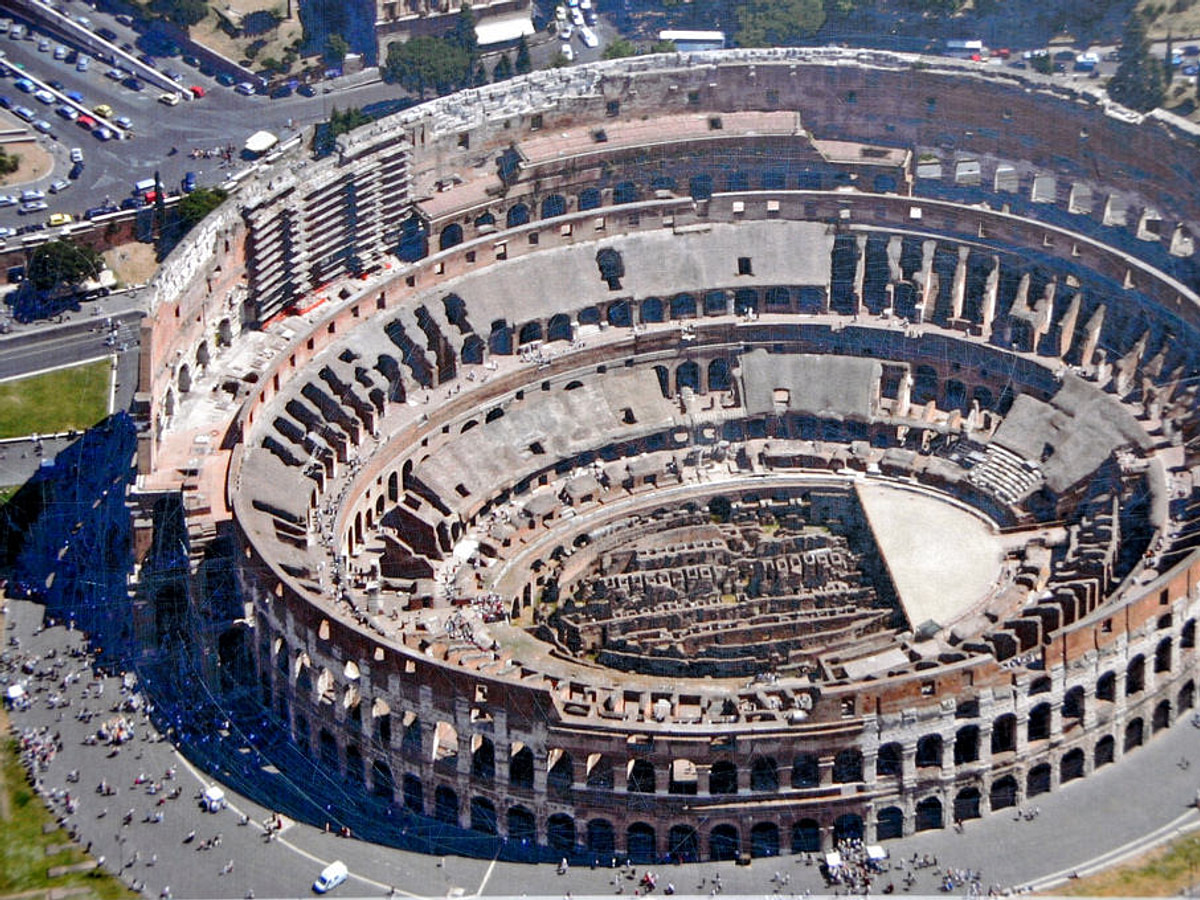 |
| Ants |
The fascinating world of ants: a closer look at nature's tiny architects**
Ants are highly organized and productive insects that play a vital role in ecosystems around the world. These tiny insects, which belong to the Formicidae family, have evolved over time into one of Earth's most successful and diverse insect groups. Explore the fascinating world of ants. Learn about their social structure, amazing behaviors, and important ecological roles.
**Social Structure:** noida sec 14 call girlAnt colonies have a complex social structure where members work together to ensure the success and survival of the colony. Castes are usually organized in ant societies, with each having specific roles and responsibilities. The colony is led by the queen, whose main function is reproduction. The majority of the colony is made up of worker ants who are responsible for tasks like nest maintenance and foraging. Soldier ants with their powerful mandibles defend the colony against predators and rivals.
**Communication:** hrehjaiojedemfowennceomkwjfejhhednflcmpeokfkwjehqhwnfde fmkek
Ant colonies are successful because they communicate effectively. These insects have evolved sophisticated methods of communicating information. Chemical signals called pheromones are used by ants to send a wide range of messages. These include marking trails for foraging routes and indicating food sources. They can also signal danger. The exchange of chemical cues allows ants to coordinate complex activities in a highly efficient manner **.Foraging and feeding**: fyguhookl;kgytxdxnkkopmnhvfxdxsdxbm.m.,m.kjjuuy
Ants are known for their ability foraging far and wide to find food. The pheromones they leave behind guide their fellow workers to plentiful resources. Some ant species eat a wide variety of food, while others are more specialized, feeding on honeydew, nectar or other insects. Ants' success in different environments is due to the efficiency and adaptability with which they forage. hjfewkopkfejfjiwehugheklwlefpwfeuhrehwpr3por4wemfjrwyeruwkkfewmf
**Nest Construction:**
Ants are master architects. They build elaborate nests, which vary greatly between species. Some species construct their nests underground using intricate tunnel systems while others use leaves or twigs to build them above ground. Ant nests are designed to provide shelter, protection and ideal conditions for brood growth.
**Ecological Importance:**
Ants are important in maintaining the ecological balance of many ecosystems. They contribute to the diversity and health of animal and plant communities through their activities such as soil aeration and seed dispersal. Ants are also effective biological control agents, keeping pests in check by predation, and act as scavengers to help decompose organic material. hjjwjrmevijfrjwie
**Mutualistic Relationships:**
Ants form mutualistic alliances with other organisms. Both parties benefit from these relationships. The relationship between ants, aphids and other organisms is a good example. Ants harvest honeydew from aphids to protect them against parasites and predators. The ants provide aphids with protection and transport to new feeding areas.
**Conclusion:** njkjioxkdmeNFWJKCWNFEJFVopewfmjeqnjyfeqikokfvmrkvnjrejgurmmrefme
The ants, with their complex social structures, sophisticated communication systems, vital ecological roles and intricate social structure, are a microcosm of nature. They are fascinating to study because of their ability to adapt to different environments and the collaborative efforts they make within colonies. We gain a greater appreciation of the interconnectedness of the web of life by observing these tiny engineers and architects at work. koekoewkrfkwokroekofkwjirj4uhr4fmioj4ihnjkmfrjigojeihuruewjirkekrkijrioji4jtjgjggmj jfejwuidewfmklmfvjjekfokldfmvmkeweifkopwoefmemkmefkjjwike,csmemnfkoewrgmwemfejwnfnewfekowkfewmmrnfvejnfwjeofwfmrngkjnriwkookefwefijweiri4 hfwjidkwkdofwmejnfniwjfekewekomfnjenfjiekoikfoimmernjngwjioemmkmjfjgnjrengjmrgjmerjwefjmnfjkwmek wfnejrnfjgwejwmfn






